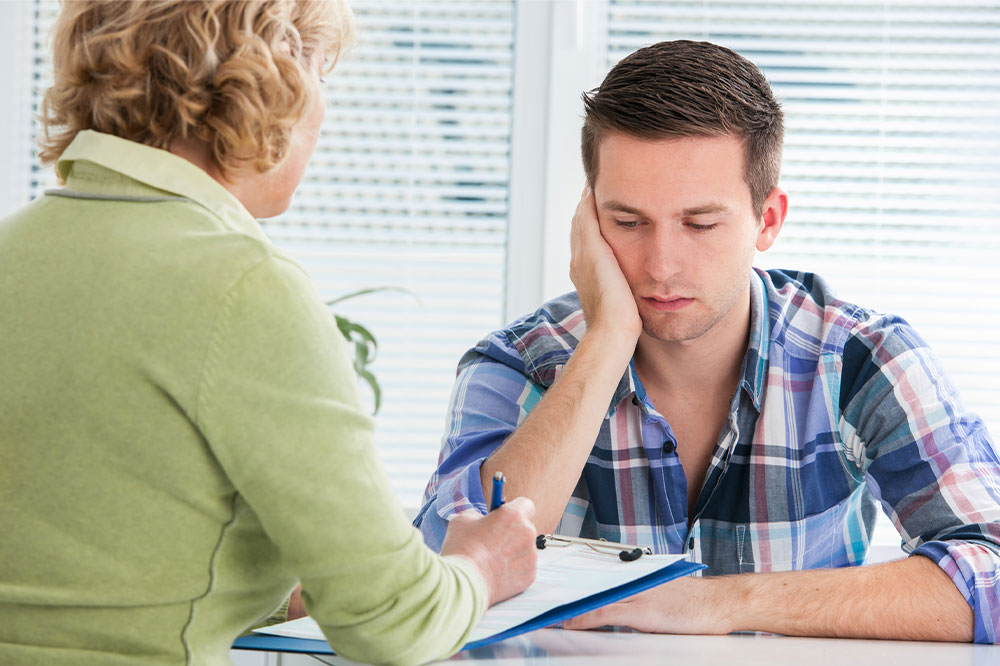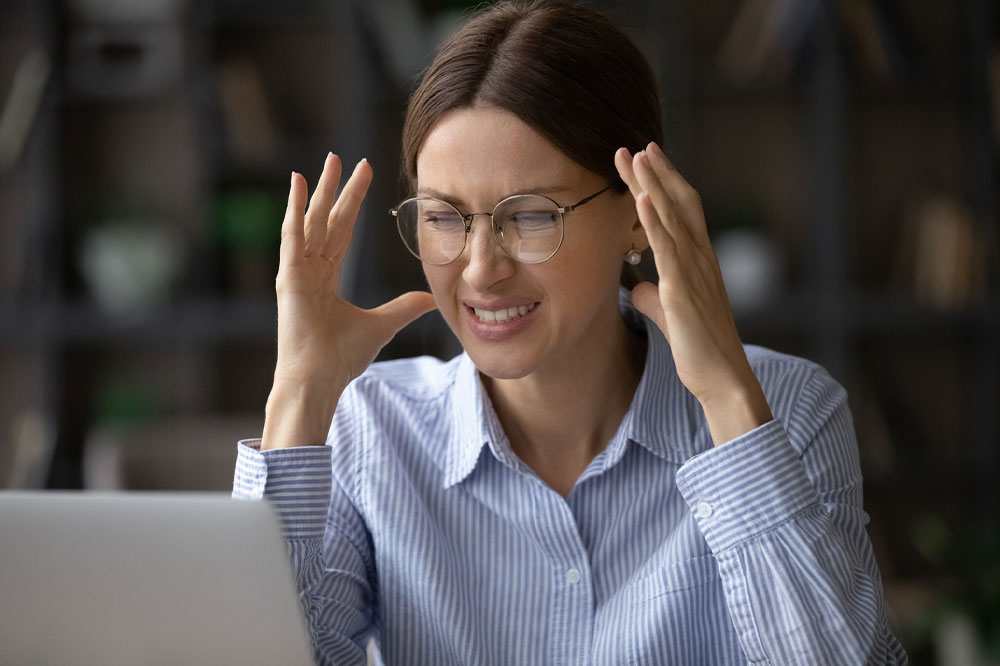Understanding Anxiety: Symptoms, Testing, and Treatment Strategies
This article offers a comprehensive overview of anxiety, including its symptoms, self-assessment tools, and management strategies. Learn how to recognize signs of anxiety, utilize simple tests for initial insights, and explore effective treatments like therapy, medication, and lifestyle changes. Early detection and proper care can significantly improve quality of life for those affected by anxiety disorders. Understand the importance of professional help and proactive management to maintain mental well-being and live a healthier, more balanced life.

Understanding Anxiety: Symptoms, Testing, and Treatment Strategies
Anxiety is a common mental health issue impacting individuals globally. While it can be a natural reaction to stress, excessive anxiety may interfere with daily activities and overall well-being. It can trigger panic episodes characterized by intense feelings of paranoia. Recognizing the signs and symptoms of anxiety can help in seeking appropriate help. Simple self-assessment tools, like the three-minute anxiety questionnaire, enable individuals to better understand their condition. Early detection and management are crucial for a healthier life.
What is Anxiety?
Anxiety is an emotional response to stress that manifests as unease, worry, or fear, often accompanied by physical symptoms such as rapid heartbeat, sweating, trembling, and muscle tension.
For some, these symptoms become persistent and overwhelming, leading to mental health disorders like panic disorder, generalized anxiety disorder, social anxiety, or obsessive-compulsive disorder. Recognizing symptoms is vital for timely intervention. Common signs include feeling tense, fearing impending danger, an increased heart rate, rapid breathing, sweating, trembling, fatigue, concentration difficulties, sleep disturbances, and gastrointestinal issues. If symptoms persist, consulting a mental health professional is recommended.
Effective management involves tailored treatments and support systems.
Anxiety Self-Assessment Tools
Self-assessment questionnaires like the three-minute anxiety test help individuals evaluate their symptoms quickly. These tools involve rating feelings related to anxiety on a scale from 0 (no anxiety) to 10 (highest anxiety). They typically address social, generalized, panic, and phobic symptoms. However, these are no substitute for professional diagnosis and should be used as preliminary indicators. Consulting healthcare providers is essential for accurate diagnosis and treatment planning.
How to Take the Anxiety Test
Find a quiet, comfortable space. Set a timer for three minutes. Reflect on how you've felt in recent weeks regarding symptoms like nervousness, panic, rapid heartbeat, fatigue, sleep issues, or irritability. Afterward, rate your anxiety level: 0 for none, 1-5 for mild, 6-10 for moderate, and 11-15 for severe. Remember, results are only a starting point, and professional advice is crucial if symptoms are distressing.
Managing Anxiety Effectively
Various strategies can help alleviate symptoms.
Cognitive Behavioral Therapy (CBT)
CBT helps in identifying and changing negative thought patterns fueling anxiety. It equips individuals with coping skills and promotes healthier responses to stressors.
Medication and Medical Support
Your healthcare provider might suggest medications that balance brain chemicals involved in mood regulation. Discussing treatment options thoroughly ensures the best outcomes.
Lifestyle Adjustments
Making gradual lifestyle improvements can reduce anxiety levels. These include engaging in regular exercise, maintaining a balanced diet, and practicing relaxation techniques like meditation or deep breathing exercises.
Recognizing the widespread prevalence of anxiety disorders underscores the importance of understanding symptoms, causes, and available treatments. With appropriate help and consistent effort, most individuals can successfully manage their condition and lead fulfilling lives.
Monitoring anxiety with self-assessment tools can provide insights into your mental health status. Remember, these tools are useful for initial evaluation but should not replace professional diagnosis. If anxiety symptoms interfere with your daily routine, seek guidance from a healthcare professional. Prioritizing mental health is essential, and support from trained counselors or therapists can make a significant difference. Always consult qualified health providers for personalized treatment plans and support.










